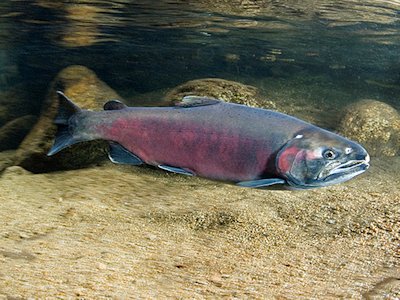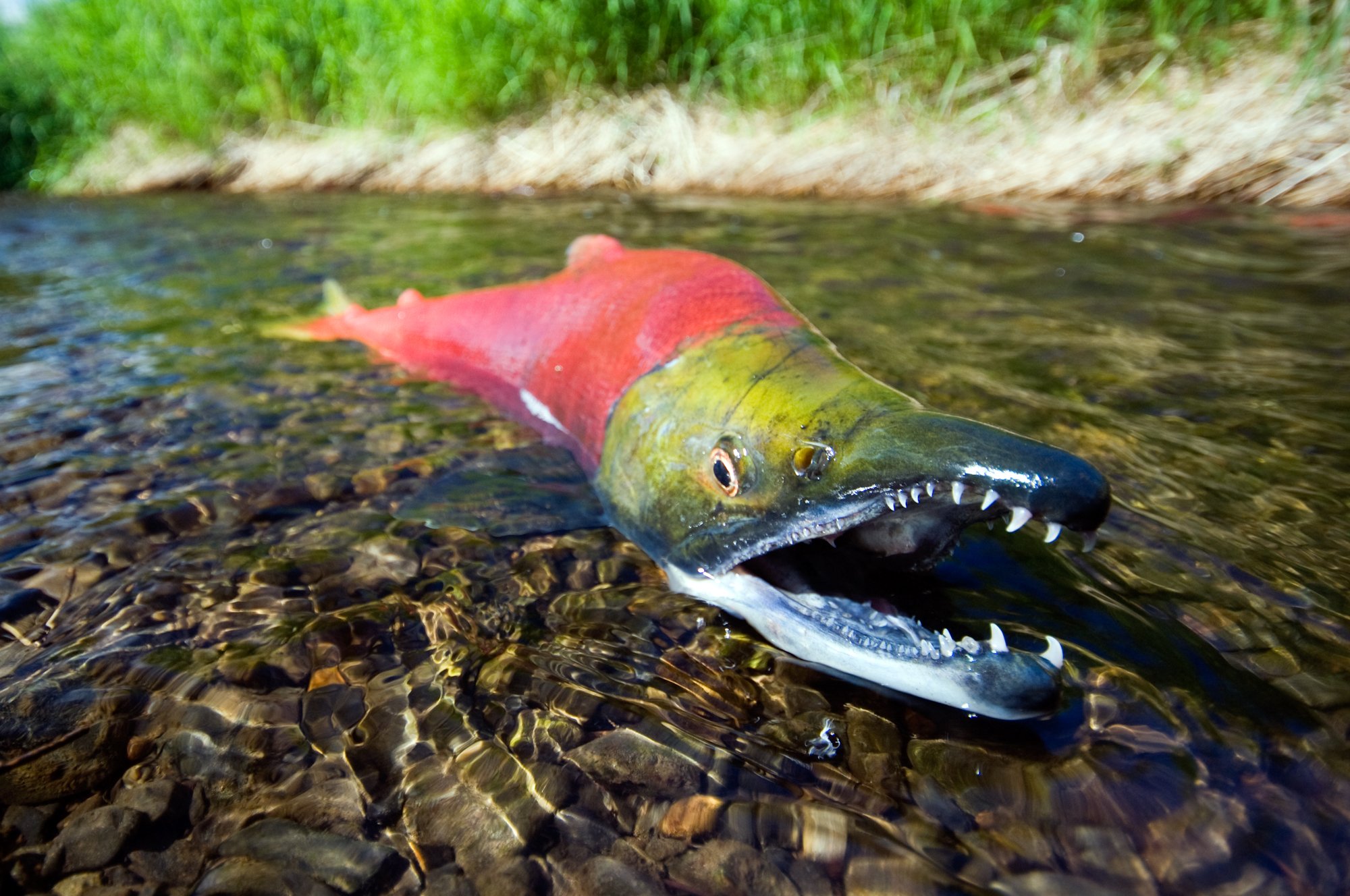

Place salmon skin-side up on the greased grates. Spray or brush the grates generously with cooking spray or oil. Pour marinade over fillets, cover, and refrigerate for 30–60 minutes.

Place salmon fillets in a dish, flesh-side down.You can make a basic marinade with 2 tablespoons (30 mL) soy sauce, 2 tablespoons (30 mL) extra-virgin olive oil, 1 tablespoon (15 mL) honey, and 1 minced garlic clove. To cook salmon directly on a grill, follow these steps: You can cook salmon directly on grill grates or in foil packets over the grill. However, this method won’t produce fillets with a crispy exterior like you would get with pan-frying. Place salmon skin-side down in an oiled baking dish or on a baking sheet lined with parchment paper and brushed with oil.īaking salmon in the oven is healthy, fast, and easy to clean up.Brush with oil and season with salt and black pepper or other desired seasonings. Instead of pan-frying salmon before finishing it in the oven, you can cook it completely in the oven. After step 3, transfer the skillet to an oven preheated to 400☏ (200☌) and bake for 6–8 more minutes. To do this, use a cast-iron or other ovensafe skillet and follow steps 1–3 above.

For this reason, you may prefer to start salmon in a pan and then finish cooking it in the oven. Some people find that pan-seared salmon does not cook evenly, depending on the shape and size of the fillets. Extra-virgin olive oil and avocado oil are good options ( 5). It’s also important to use a cooking fat that’s stable at high temperatures. Consider using a splatter guard to limit grease splatter.

To cook salmon in a pan, follow these steps: It’s a healthier option than deep-frying and still produces a crispy exterior. This cooking method is usually referred to as pan-frying or searing. Salmon is also available precooked, such as canned or smoked salmon. If you’re preparing salmon at home, you can use any of the methods below. Salmon is rich in heart-healthy fats, lean protein, and micronutrients such as vitamin D. You need vitamin D to maintain healthy bones and proper immune system function ( 4). Getting enough protein in your diet is necessary for maintaining muscle mass and supporting other important functions ( 3).įinally, salmon provides vitamin D, a fat-soluble nutrient that isn’t found in many foods. Salmon is also a great source of lean protein. These fatty acids are thought to contribute to many health benefits, such as reducing the risk of heart disease and certain cancers ( 2). In particular, it contains the omega-3 fatty acids eicosapentaenoic acid (EPA) and docosahexaenoic acid (DHA). Salmon is known for being rich in healthy fats. Vitamin B12: 158% of the Daily Value (DV).A 3-ounce (85-gram) serving of cooked sockeye salmon provides ( 1):


 0 kommentar(er)
0 kommentar(er)
